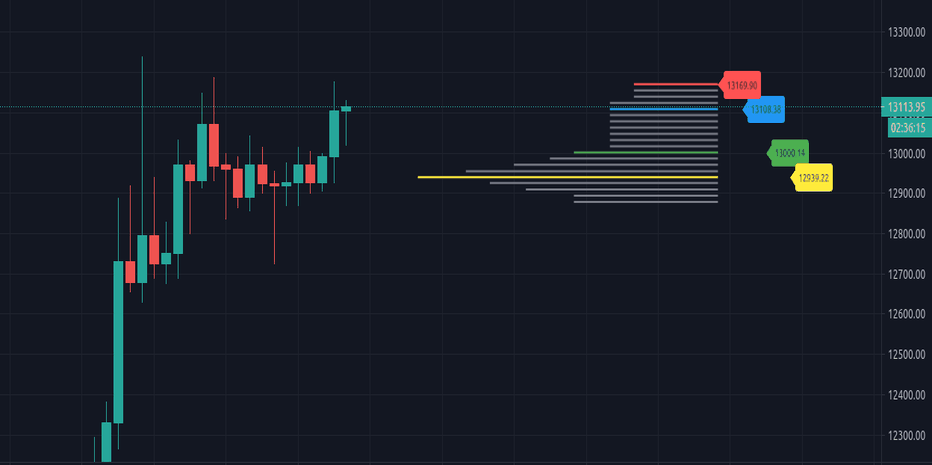
- September 03, 2021
How to Create a Forex Strategy Based on Technical Analysis?
Technical methods seek to forecast future pricing based on previous performance. The price is all that matters to the technical analyst, and headlines or facts have no effect on his choices. In this post, we will look at some of the fundamental principles behind analytical techniques and try to outline the major tools deployed by technical traders to disintegrate price patterns.
Leverage the UK forex trader technical analysis for a forex strategy to make more profit.
Technical Tactics Phase :
As previously stated, the technical analysis makes judgments based only on pricing. A technical approach would often consist of many stages, each of which clarifies a different element of the price movement until a convincing entry or exit point is identified. The stages for this are as follows.
# Recognize the Type of Trade and Market
The first stage in the technical analysis must, of course, be the recognition of the marketplace at which the trader is engaging. Following that, he must decide on the time frame for which he would engage in the transaction. Exactly what sort of statistics will the trader employ in his trading? Would it be a monthly or hourly trade?
If it really is a monthly trade, there's no reason to be concerned with hourly price fluctuations, as long as the approach considers the current value to be an appropriate monthly entry or exit point. In contrast, if the trading is for the short term, the trader may want to study longer-term charts to get a better grasp of the larger picture, which might also advise him with regard to his stop loss or take profit orders.
Trend lines, oscillators, and visual identity will be used by the trader to identify the kind of marketplace that the price movement is exhibiting. Strategies in a flat, range or rising market are likely to contrast sharply with one another, and identifying a viable strategy requires first screening the tools based on the market's nature. Once this is completed and the time period for the transaction has been established, the second step is —
# Picking Technical Tools
You must choose the proper technical tools for the graph we are examining based on the criteria stated in the preceding section. When the market is moving, it is pointless to use the RSI. Chart patterns are uncertain to be useful if the data is varying. If the fundamental currency pair is very cyclical (for instance, if it is released by a commodity-exporting country), the commodities channel index may be a suitable option. Smoothing out the oscillations using moving average crossings may be extremely helpful for detecting the pattern if it is very unstable.
Of course, the collection is not exhaustive. During this time, the trader must improve his trading strategy by choosing the sort of indicators he recognizes best and then merging them to create a clear and succinct system.
Get the best equipment from the top 10 forex trading platforms to make smoother trading in the market.
# Refine the Periods and Other Inputs
Following the selection of technical tools, the analyst must choose the periods and categories for which facts must be provided to the program. Today's traders have numerous privileges over their predecessors, but vigilance and perseverance may not be among them.
Because we are so utilized to having everything computerized and done by the computer without inquiry, many people do not bother to fiddle with the intricacies that may, in reality, be the distinction between accomplishment and failure for the trader's analysis.
Hence, prior to proceeding, the trader must determine which periods and values create the structure that is most appropriate for the price movement on the graph. Will we, for instance, choose a timeframe of 14, 10, or 7 for the RSI chart we analyze?
Or, more specifically, what will be the phases of the moving averages that comprise the MACD indicator? It may only be resolved via trial and error, and a new value may be required for each pricing pattern.
# Seek the Signals
When the instruments are in place, we must look for signals that will alert us to trade opportunities generated by investor mood and transitory mismatches in a currency pair's producers and consumers. The indications we look at are those produced by the interplay of a variety of indicators, including moving averages, different oscillators, or the value and the indicator. Our goal is to validate our concepts via different areas of technical examination. We shall validate an oversold or overbought level using a divergence/convergence. Whether there's a break, we will try to find it using crossover research.
We'll go over the signals in more depth later, but in essence, they include channels, crossings, divergence or convergence, breakouts, consolidation shapes, and different price patterns such as triangles, flags, and head and shoulders. We'll keep our indicators basic, but we'll ensure the signals they produce are thoroughly analyzed and leveraged, enabling us to build a comprehensive view of the price movement.
# Perform Analysis
After we've decided on the signals and their significance, we'll conduct our study by selecting responsive signals and determining capital allocation based on appropriate money management methods. When reviewing the data, we must make every effort to concentrate on indicators that are related to our chosen timeframe and trading strategy. This step of evaluation will entail separating the wheat from the dust, as well as the information from the sound.
Read the best forex review to choose the best market broker to set up your forex account.
# Compare Result and Execute Trade
Upon reviewing the different contexts displayed by the graphs and establishing which are feasible, the trader will evaluate them in terms of reputation and high profitability (for instance, how severe are the indicator ideals, how much gain or loss will be created if a take-profit or stop-loss order is realized?).
After that, he will choose the trade that provides the greatest profits with the minimum risk based on the most counterintuitive technical situation.
What this means is that if a pattern follower trades, they will wait for recoveries, behaving contrarian to brief motion while adhering to the overall trend. When anyone wants to gamble against the wave, he will pause for the trend's most extreme values, and when the pace is strongest, he will place a contrarian bet on the first plausible reversal.
Conclusion :
The aforementioned signals and patterns are combined to form technical tactics. Combining indicator signals with stock prices is a smart way to get more dependable signals on a possible trade.
For instance, a MACD crossing after a significant counter-trend shift may be much more dependable as a trade signal than any MACD value, no matter how severe. A split or confluence among the RSI and the value in a big triangle motion may be much more dependable than the indicator's maximum.
Get beginners assistance from our market experts in the best forex broker for beginners and start your trading today.



















